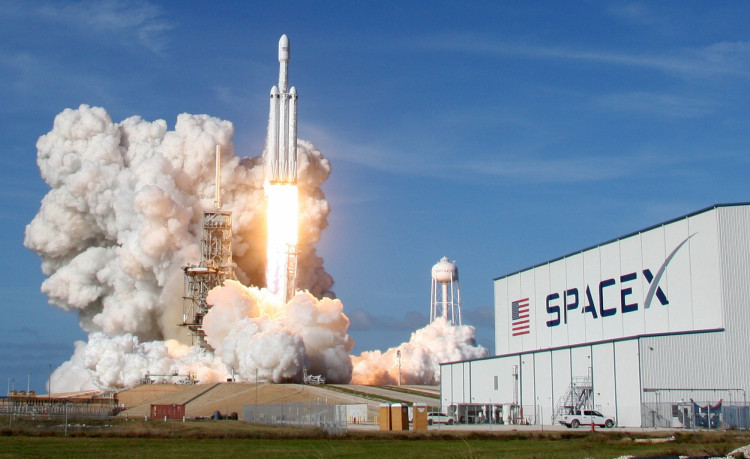SpaceX's Starship, the largest and most powerful rocket ever built, achieved significant milestones during its third test flight on Thursday, reaching orbital velocity and flying further than previous tests. However, the mammoth vehicle ultimately broke up over the Indian Ocean during its final moments, marking another setback in the company's quest to develop a fully reusable rocket system.
The Starship, which stands 397 feet tall when fully stacked on the Super Heavy booster, lifted off from SpaceX's Starbase facility near Boca Chica, Texas, at approximately 9:25 a.m. ET. The flight lasted about an hour before the rocket broke up above the Indian Ocean, with SpaceX communications manager Dan Huot announcing on the company's webcast, "We have lost Ship 28."
Despite the explosive ending, SpaceX founder and CEO Elon Musk congratulated his company in a post shortly after the launch, declaring that "Starship reached orbital velocity!" The achievement represents a significant step toward SpaceX completing prototype testing and beginning operational Starship launches.
NASA Administrator Bill Nelson also praised SpaceX's progress, stating in a social media post, "Starship has soared into the heavens. Together, we are making great strides through Artemis to return humanity to the Moon-then look onward to Mars." The Starship system is critical to NASA's plan to return astronauts to the moon, with SpaceX having won a multibillion-dollar contract to use the rocket as a crewed lunar lander for the agency's Artemis program.
SpaceX's approach to developing Starship emphasizes building on lessons learned from previous flights, focusing on "recursive improvement" even when test flights result in fiery outcomes. The company views these tests as progress toward its goal of a fully reusable rocket capable of delivering people to the moon and Mars.
The Starship system's staggering size and power are unmatched, with the Super Heavy booster alone standing 232 feet tall and producing 16.7 million pounds of thrust from its 33 Raptor engines. This is approximately double the thrust of NASA's Space Launch System rocket, which launched for the first time late last year.
During the third test flight, the Starship conducted several tests, including opening a payload door and making an internal fuel transfer while in space. Both the upper and lower segments of the rocket are designed to eventually power themselves safely back to Earth for a soft landing and reuse, which would significantly reduce the cost of each mission compared to building entirely new parts.
Musk's long-term vision for Starship is to enable humans to become a "multiplanetary species," with the rocket serving as the first step in the colonization of Mars. This, he believes, is necessary for humanity's survival in the face of potential planet-destroying events on Earth, such as a sentient AI takeover or an asteroid strike.
Despite the successful launch and the achievement of orbital velocity, the destruction of Starship during re-entry indicates that the system remains a considerable distance from becoming fully operational. Musk has previously stated that the rocket should fly hundreds of uncrewed missions before carrying its first human passengers.
The development cost of Starship is estimated to be between $2 billion and $10 billion, with each launch costing tens of millions of dollars. SpaceX currently generates revenue by operating smaller rockets to launch satellites and send astronauts to the International Space Station. The company has also announced plans to use the spacecraft for commercial travel on Earth, promising trips from London to Tokyo in less than an hour.



